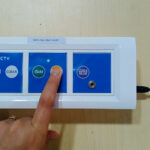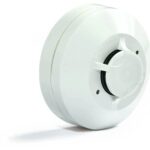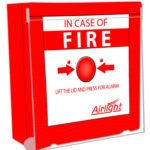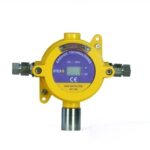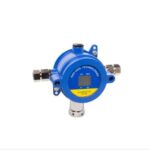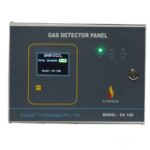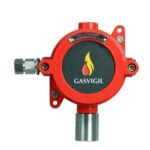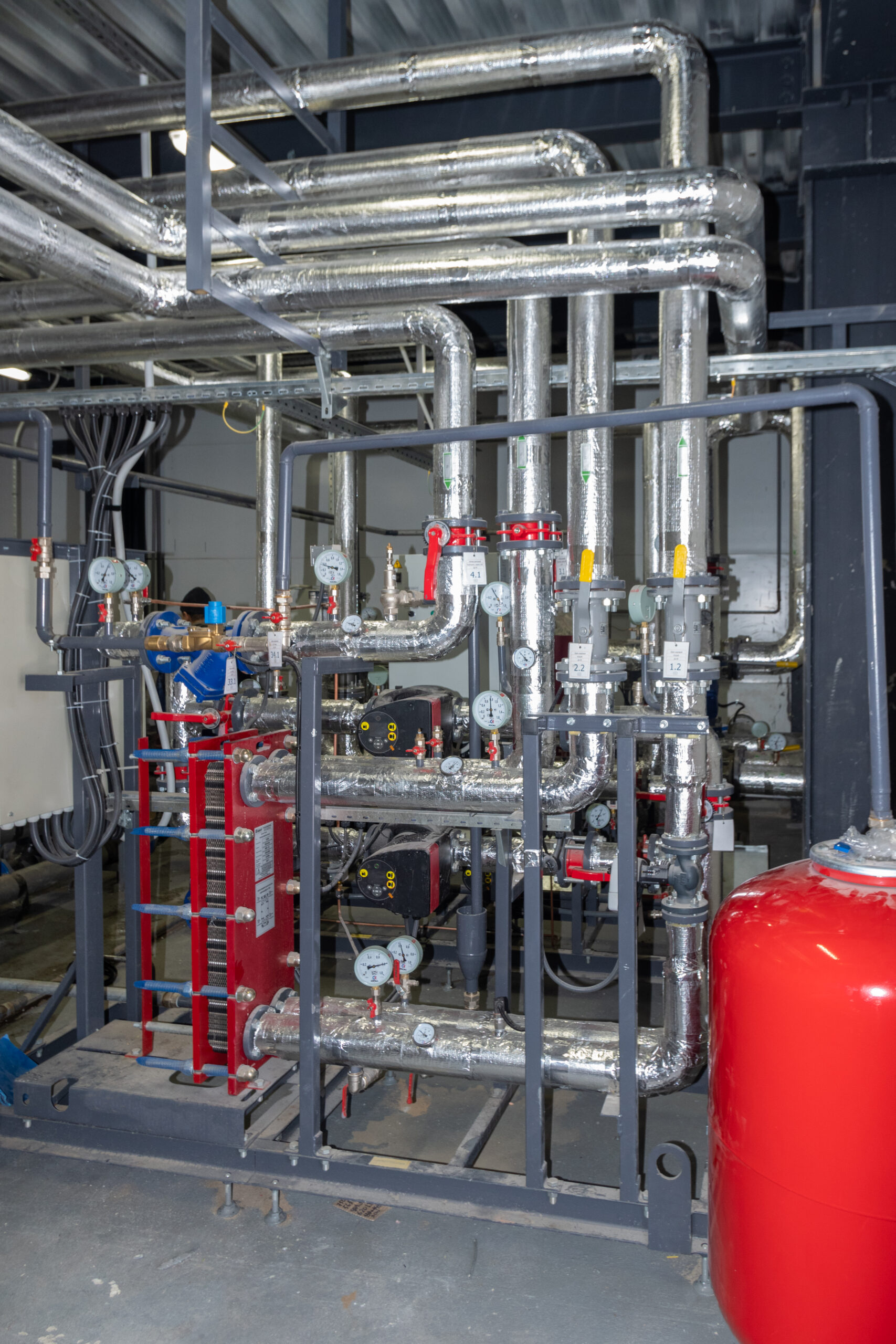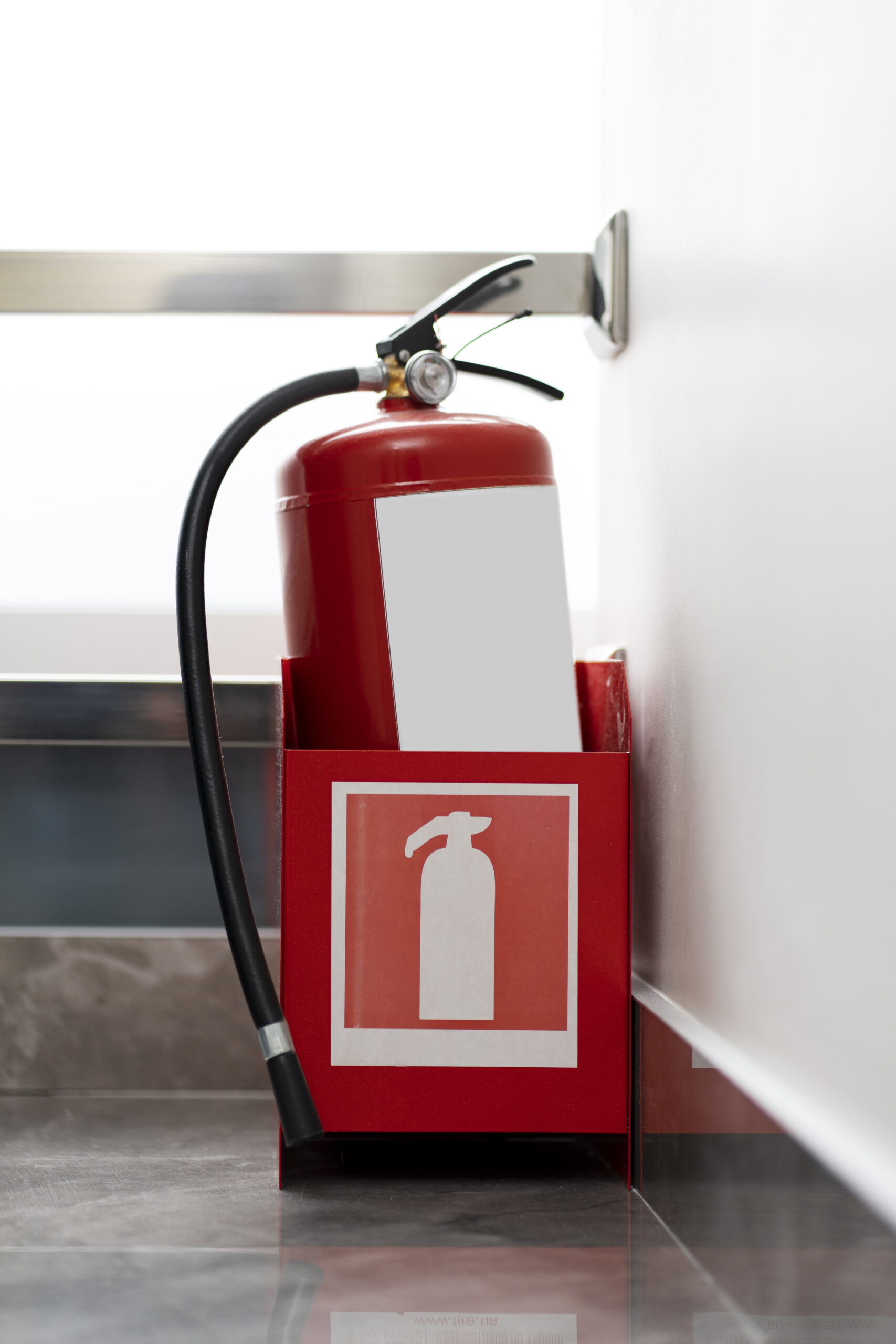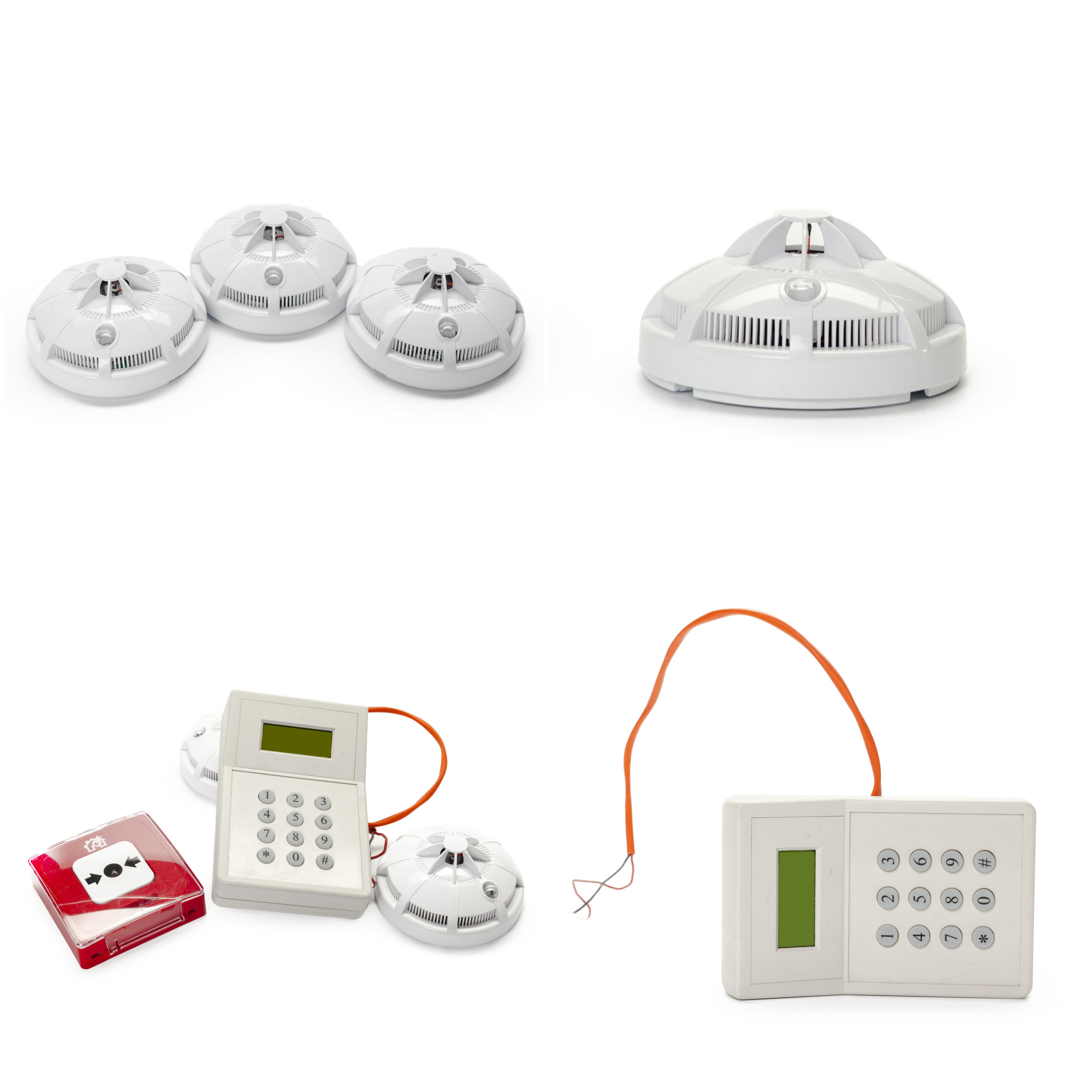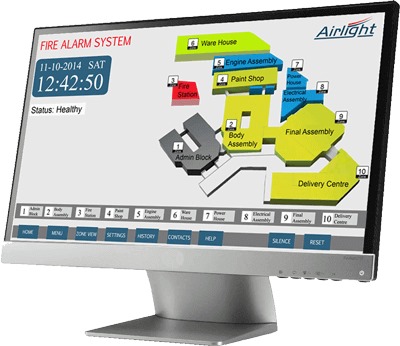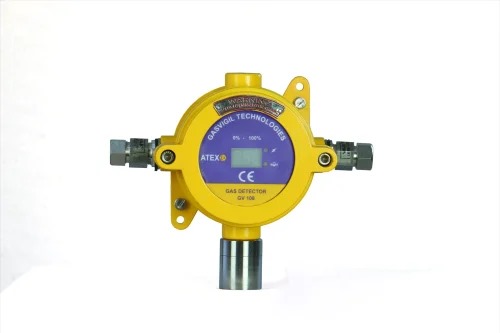Services
Courage in Action
What We Offer
all security systems

CCTV
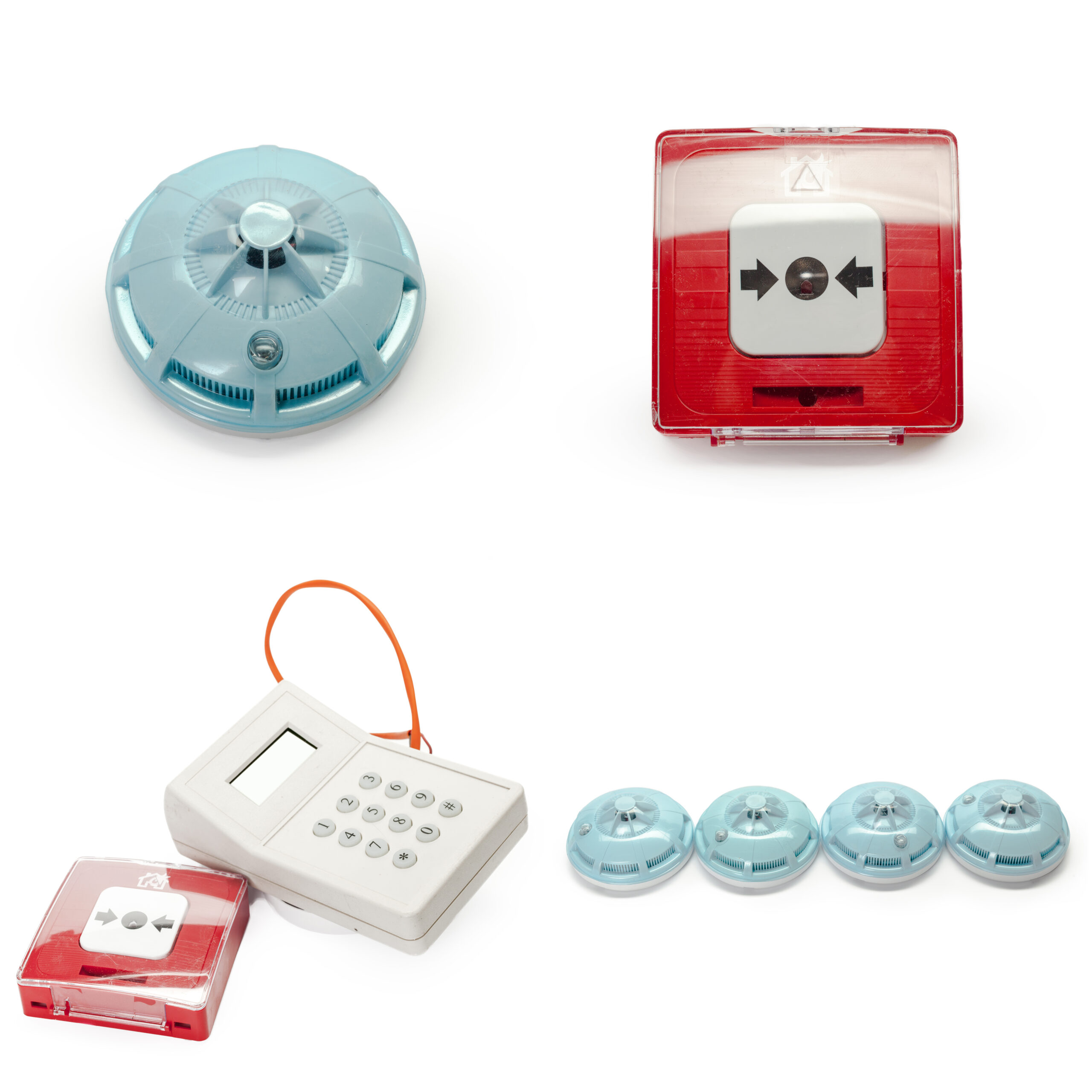
BURGLAR ALARM SYSTEM
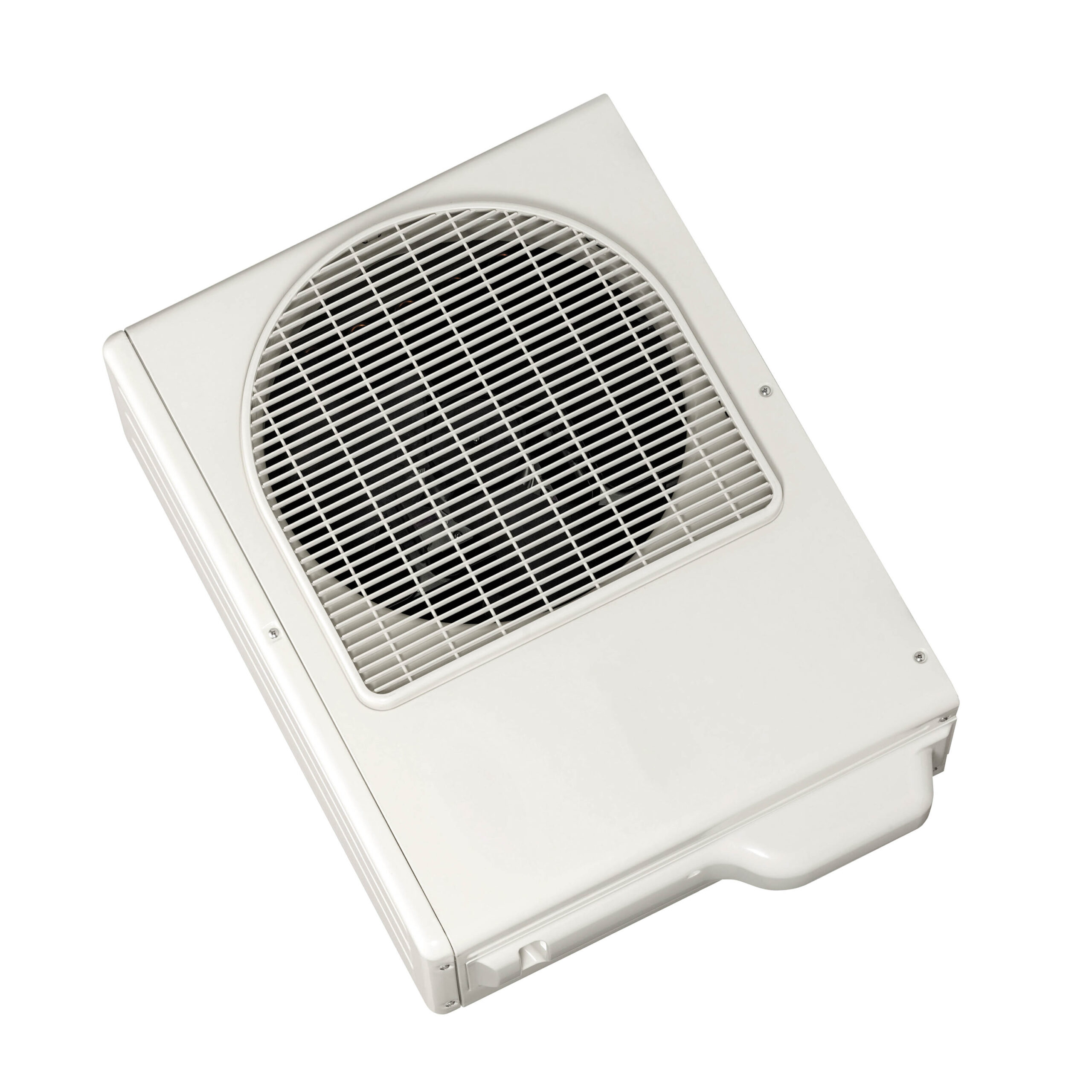
PUBLIC ADDRESSING AND MUSIC SYSTEM

VISITOR MANAGEMENT SYSTEM
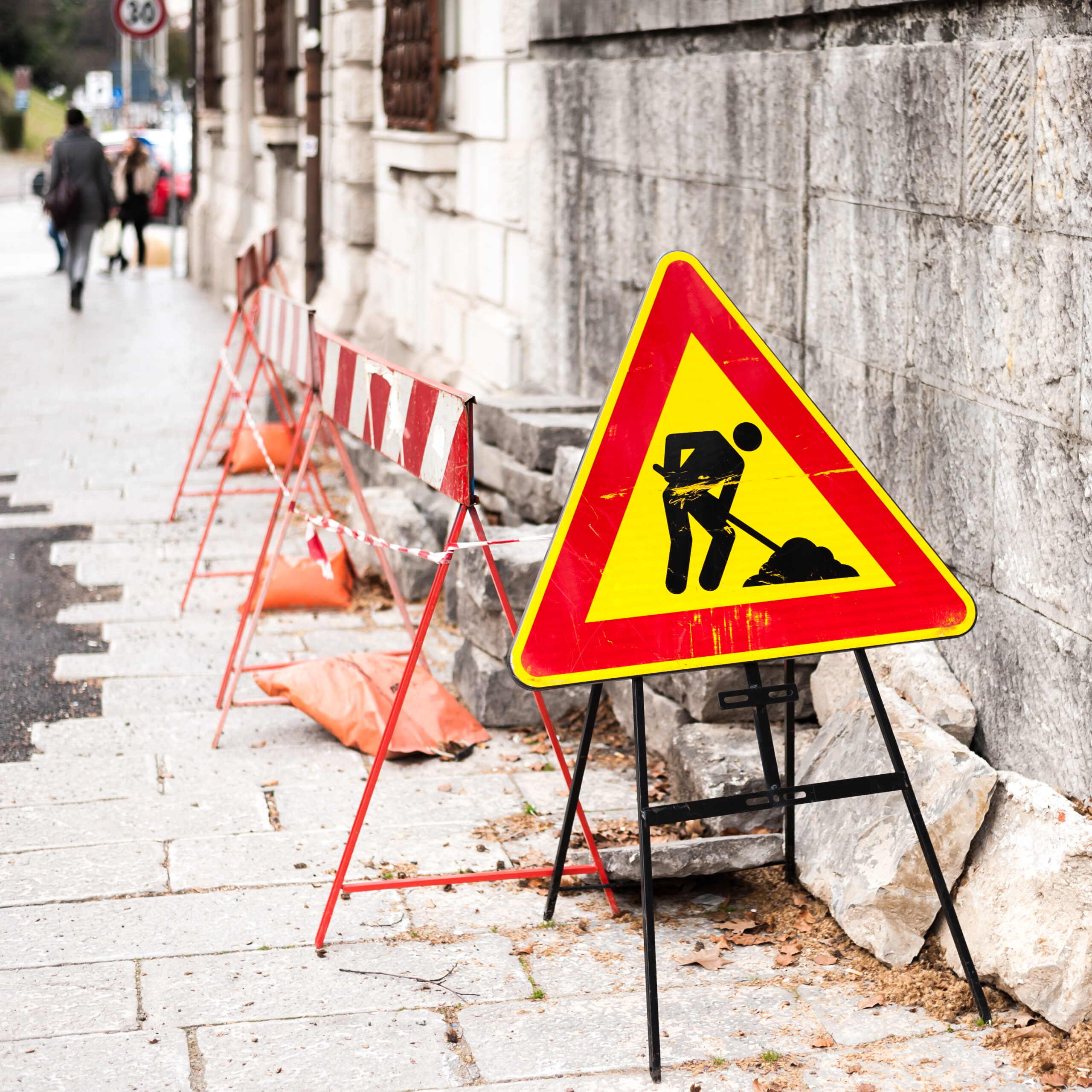
ROAD BARRIER SYSTEM

NURSE CALLING SYSTEM

ACCESS CONTROL
Fire Hydrant System
Fire Hydrant System is an effective means of extinguishing large fires, which can other- wise cause devastation. Hydrant system enables the fire fighter to attack the seat of the fire from a distance. Hydrant valves are for delivering water with tremendous pressure so as to quench the fire. With discreet use of special branch pipe the water under pressure can also be used as a “sheet” to push the smoke for entering a burning building.
Sprinkler System
The automatic sprinkler and fire alarm system shall be designed to extinguish a fire in its early stages by the use of water. Pipe work fitted with sprinklers at regular inter- vals is connected to a reliable water supply. Each sprinkler is an automatic heat sensitive valve, which opens independently in the event of fire to discharge water on to the seat of the outbreak.
Fire Detection & Alarm System
Analogue Addressable Fire Alarm System
Analogue Addressable Fire Alarm Systems differ from conventional systems in a number of ways and certainly add more flexibility, intelligence, speed of identification and scope of control. For this reason Analogue Addressable Fire Systems are the natural choice for larger premises and more complex system requirements.






All addressable fire alarm systems ( EN & UL) are supplied, installed, programmed and commissioned by us.
Our solutions
Conventional Fire Alarm Systems
A Conventional Fire Alarm System is often the natural choice for smaller systems or where budget constraints exist. Conventional detectors are normally con- nected to the Fire Control Panel via dedicated circuits, each circuit protecting a designated 'Zone' or 'Area' of the building. Detectors have two states, Normally healthy and Alarm. The consequence of a fire, if not detected and guarded against instantaneously, can be disastrous.
Our solutionsGas based Fire Suppression System

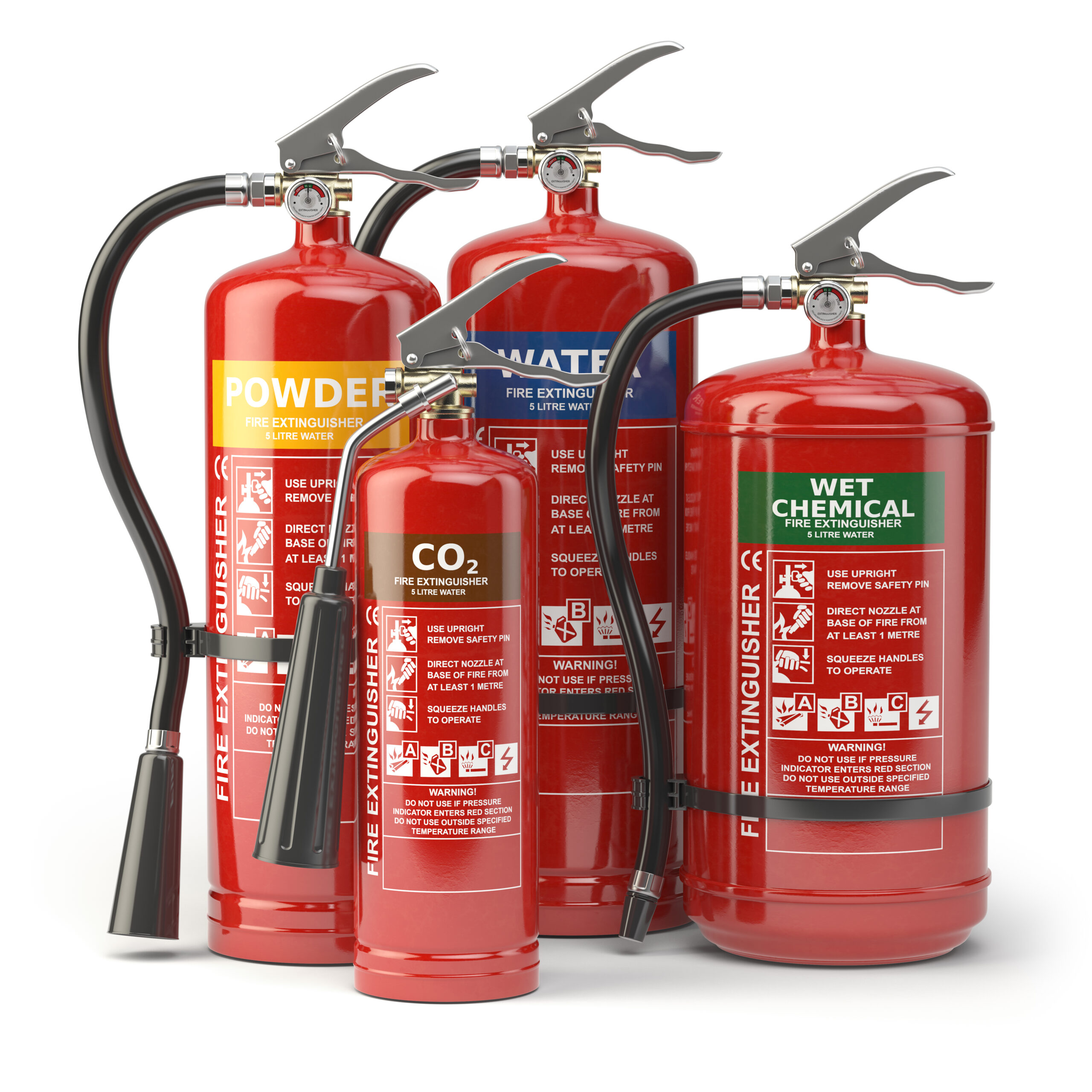
Co2 System
Carbon Dioxide as an extinguishing agent is: swift and thorough. Within seconds, it smothers a fire and holds damage to minimum. Stored under pressure as a liquid, carbon dioxide quickly expands to vapour and a state of fine particles of dry ice, much like snow. This "snow" absorbs heat rapidly changes to a vapour under normal temperature conditions, and even faster in the presence of fire.
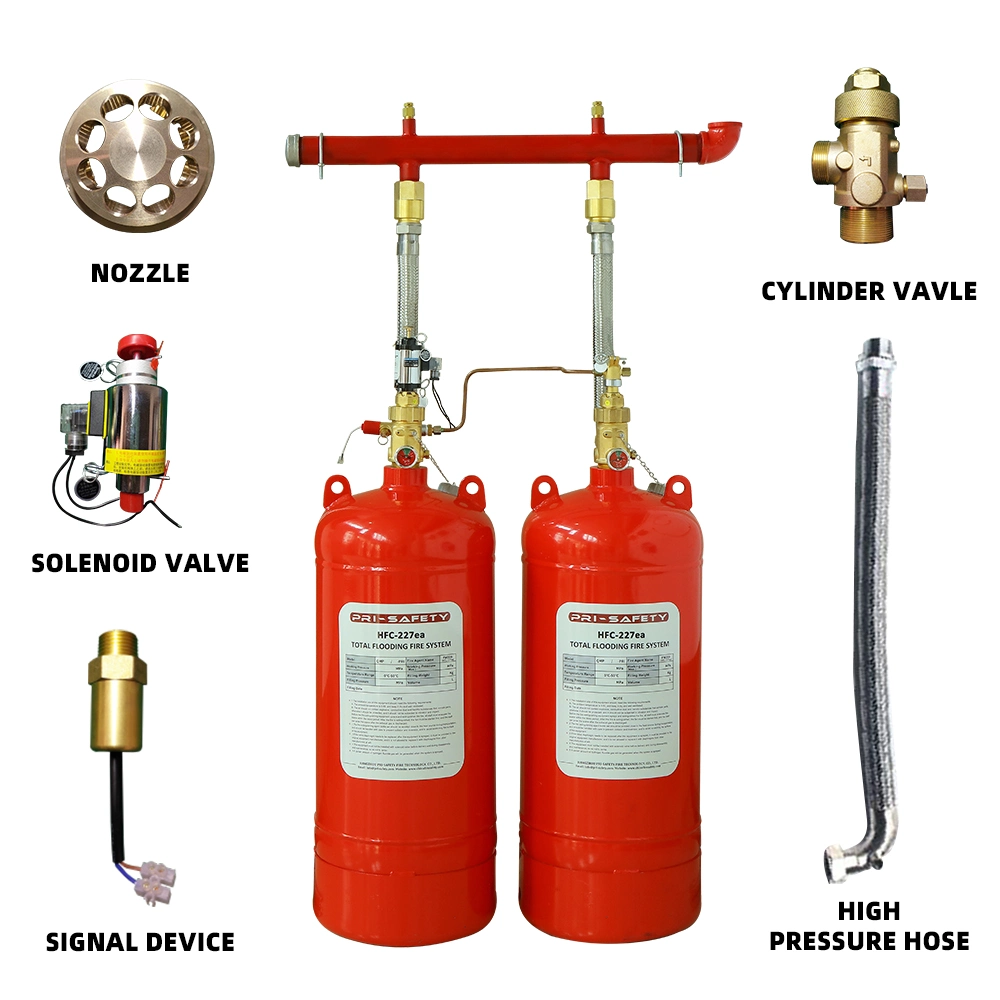
FM 200
FM-200 has zero ozone depleting potential, a low global warming potential and a short atmospheric lifetime. It is particularly useful where an environmentally acceptable agent is essential, where clean up of other media presents a problem, where weight versus sup- pression potential is a factor, where an elec- trically non-conductive medium is needed, and people compatibility an overriding factor.
Electronic Security Systems
Access Control
Access Control Systems can prevent unauthorized access to computer systems, room or buildings, and even broadcast signals. Basic access control systems can be things as simple as coded locks and card readers; however, more sophisticated access control systems can contain fingerprint readers, facial recognition, or complicated lasers, cameras and security devices. While it is a great idea to promote a trusting work environment, most companies need some level of access control in order to keep their businesses secure. appropriate access control system will keep unwanted visitors from hacking into your organization, and current employees from intentionally or unintentionally putting the business. at risk. Individuals should seek a consultant for advice regarding industry-specific control systems with highly complex
Wireless Fire Alarm Systems
Wireless fire alarm systems do not rely on wired connections between the devices and the control panel. Instead, the devices communicate with the control panel wirelessly, typically using radio frequencies. This allows for more flexibility in terms of installation, as there is no need to run cables throughout the building. In wireless fire alarm systems, devices such as smoke detectors, heat detectors, and manual call points communicate with the control panel through wireless transceivers. These transceivers can be battery-powered or wired, and they send signals to the control panel when an alarm is triggered. The control panel then processes the signals and determines the appropriate response, such as sounding the alarm or activating third party connections such as sprinkler systems. Wireless fire alarm systems can be either addressable or conventional. Addressable wireless systems can identify the exact location of an alarm event, while conventional systems only indicate that an alarm has occurred somewhere within the system. Wireless systems can also be integrated with other building safety systems, such as security systems or HVAC systems. Wireless fire alarm systems are generally considered to be more flexible and cost-effective than wired systems, but they usually require additional components such as wireless transceivers to ensure proper signal strength and coverage throughout the building.
Gas Detection Systems
Gas detectors are devices that detect the presence of gases in an area, often as part of a safety system. They are used to detect leaks of hazardous gases and to ensure that the air in a particular environment is safe to breathe. These devices work by sensing different gases in the environment and producing a signal, usually an alarm when the levels of a particular gas exceed a certain threshold.
Importance Of Gas Detectors
- Safety: Many gases, such as carbon monoxide, natural gas, and many industrial gases, are invisible and odorless, making them difficult to detect without specialized equipment. A gas leak can lead to explosions, fires, or asphyxiation, making gas detectors crucial for ensuring safety in various settings.
- Health Protection: Prolonged exposure to certain gases can have detrimental health effects. For instance, inhaling carbon monoxide can lead to poisoning, as it prevents oxygen from entering the body’s cells and tissues. Gas detectors can alert individuals to harmful levels of gas before they become a health risk.
- Environmental Protection: Some gases, when released into the atmosphere, can contribute to environmental issues like air pollution or the greenhouse effect. Detecting and mitigating these gas leaks can help in reducing environmental damage.
- Economic Reasons: In industrial settings, gas leaks can result in the loss of valuable resources. Detecting leaks early can save money by preventing wastage.
In summary, gas detectors play a vital role in ensuring the safety, health, and well-being of individuals and the environment, making them indispensable in many sectors and situations.
our products

